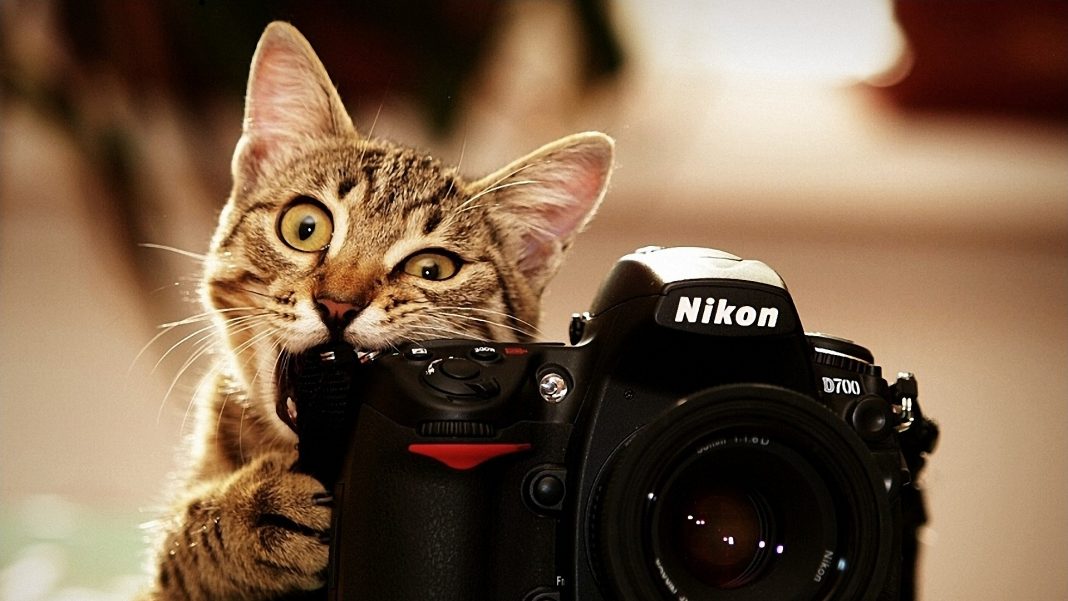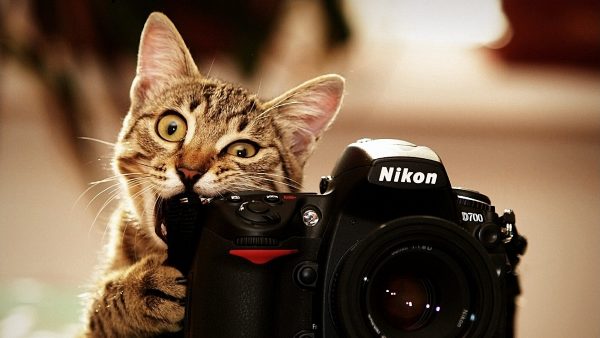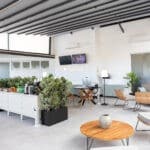
Choosing a camera
These days there is a huge selection of digital cameras for us to choose from, and in this article I hope to shed some light on how to go about deciding the one that is right for you.
In addition to your phone or tablet, there are essentially three kinds of digital camera – Compact, Bridge and DSLR (Digital Single Lens Reflex). Each has their different benefits and drawbacks.
Compact Cameras
The big advantage of these cameras is their convenience and price. They fit in a pocket or handbag, and are very light, and at the lower end are the cheapest cameras on the market. Quality of image has improved greatly over recent years, but they do have tiny sensors (the digital equivalent of film), which means that whilst they take a good picture in good conditions, they are often poor performers in difficult light. However, they tend to be very good at close-ups. The biggest disadvantage to my mind is the lack of a viewfinder, which means you are relying on the LCD screen on the back to see what you are pointing at. This can make it very difficult to use in bright sunlight.
Bridge Cameras
Bridge cameras are so called because they are a halfway house between compact cameras and the larger DSLR’s. They will fit in a largish handbag, but not a pocket. Because they are bigger they have a larger sensor, and hence should produce a better quality image than the smaller sensors in a compact camera. Cost-wise, they are usually a little bit more expensive than the compacts, but cheaper than most DSLR’s. They often have a viewfinder.
DSLR Cameras
These are the most expensive of the three kinds of camera, starting at around €400. They have larger sensors than compact or bridge cameras, and therefore produce the highest quality images. Due to the ability to change lenses to suit different situations, they are the most flexible type of camera and hence can be set to take great photos in almost any circumstance.
The disadvantage of them is their size and weight compared to compacts and bridge cameras, which is the price you have to pay for the ability to take the best photos. There are a few DSLR’s about that are relatively light, for
The disadvantage of them is their size and weight compared to compacts and bridge cameras, which is the price you have to pay for the ability to take the best photos. There are a few DSLR’s about that are relatively light, for example the Panasonic Lumix G range, and these produce good results. However, if you buy a DSLR you will want to add lenses and
However, if you buy a DSLR you will want to add lenses and other kit later on, and of all the DSLR makes, Canon and Nikon have the widest range of lenses and other peripherals such as flash. Also, third party manufacturers such as Tamron and Sigma always make their products to fit Canon and Nikon cameras.
I have so far described the general choices before you. Your budget and quality desired will obviously determine which type of camera you should look at. But how do you go about choosing the particular camera to buy?
Only you can decide which camera you are most comfortable with, but I can give you a few useful pointers:
Compact Cameras
Pixel count is not everything.
If you see a camera with 15 million pixels for €100, and next to it one with 18 million pixels for €110, you could be forgiven for thinking you should get the latter because for only €10 extra you get 3 million more pixels. In truth, the size and quality of the sensor is the key issue on quality, not how many pixels. Indeed, due to electrical interference too many pixels packed on a small sensor can result in poorer quality. My DSLR has only 12 million pixels, and takes far better pictures than any compact.
Buttons and wheels are easier than menus.
A camera with no buttons may look sleeker, but having to use endless levels of menus is time consuming, and annoying, when people are waiting while you get your camera set. In particular, try to buy a camera with a mode wheel for selecting the shooting mode (portrait, landscape, sport etc., as well as the manual and semi-manual modes). See the picture.
Manual and semi-manual modes
If you feel that you would like to learn more about photography than just using the auto and scene modes, get one with manual, aperture and shutter modes (M, A and S in the picture).
Check customer reviews before deciding
Unless you go to a specialist camera shop you cannot rely on getting a truly informed opinion from a salesperson. Photography magazines do reviews on the latest cameras, but they are often far too technical and nitpicky for most people. It is worth taking a note of the models you are considering in the shop and searching on the Internet on sites like Amazon where there is usually a selection of reviews by ordinary users.
Slow focusing
Some cameras are slow to focus (Fuji and Nikon Coolpix, amongst others, have been guilty of this). Look for comments about this when looking at reviews, because it often prevents you from getting the perfect picture in a moving situation, and the delay in firing can cause blur due to camera shake.
Bridge Cameras
Buttons and wheels
Bridge cameras, being bigger than compacts, generally will have a mode button on the top, but the same consideration applies as for compacts – the more changes that can be made without recourse to menus the better.
Optical Zoom is better than digital
Due to the slimness of compacts, there is very little difference between models as to how much zooming is done optically. However, there can be a wider difference with bridge cameras. Optical zoom means it is all done by the lens, which means the more the lens extends the greater the optical zoom (rather like a telescope). To enable you to zoom in further, the camera crops the image, so you are only looking at the centre of the picture the lens actually sees (similar to when you use the zoom slider looking at a photo on the computer). Hence, with digital zoom you only record the pixels, in the centre and spread them over the whole, meaning a reduction in resolution. Therefore, all other things being equal, a camera with 4x optical and 14x digital zoom, would produce better zoomed in photos, than one with 3x optical and 15x digital.
Slow focusing
The comments for compact cameras can also apply to some bridge cameras.
DSLR Cameras
You are spending more money, so looking for good advice via websites and camera magazines is that much more important. Canon and Nikon are the biggest sellers these days, but in the case of both, some models are slated and others get highly rated. Consider the buttons and wheels as for compacts and bridge cameras, and go for the one that feels the most comfortable to handle.
Is there a good selection of extras available?
You are bound to want to add lenses, flashes etc. later on. Often third party items are just as good or better, and maybe cheaper, than the manufacturer’s own products. Check the prices and availability from makers such as Tamron and Sigma for items for the camera you are looking at. They all, however, will make versions of all their items for Nikon and Canon cameras.
Where can you buy your camera locally? The only specialist camera shop that I know of in this area is Imagen in Torreveija, situated in Calle Ramon Gallud, on a corner near Bargain Books. You can see a wider variety of models in Carrefour or Media Markt and Saturn. You can also buy on line from Amazon and Pixmania.es.
To enquire about my photography courses, Photography Group, or other services, please contact me by phone, e-mail or web.
Contact Details: Web: www.davidstokesphotography.co.uk
Email: info@davidstokesphotography.co.uk
Telephone 649 613 517
If you have a question you can email me direct or via The Leader.
Some questions and answers will be printed in the next issue, and whilst we will do our best, we cannot guarantee to answer every email received.






